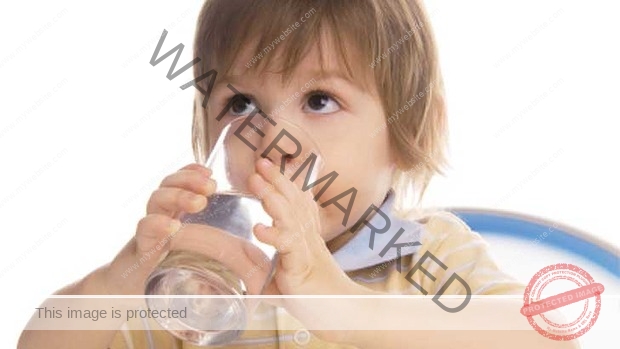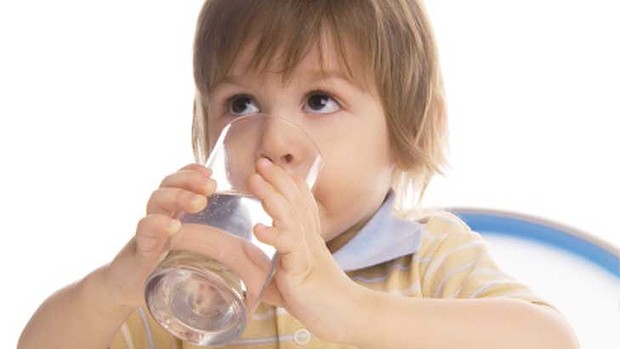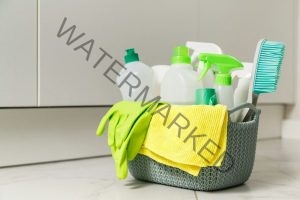Top 10 Checklist Tips For Healthy Water
You drink it, you cook with it, you bathe in it, you wash your dishes with it. Your home’s water is an integral part to every aspect of your daily life. If your water contains questionable materils, though, you might unknowingly be exposing yourself and your family to toxic chemicals with every sip you take. Your water could be totally safe. Or you water could contain substances like lead. The only way to know for sure is to take matters in your own hands and find out for yourself.
Top 10 Checklist Tips For Healthy Water
1) Find out what it is in your drinking water by looking at your consumer confidence report or asking your water system for a water quality report. The only to know what is lurking in your drinking water is to read your water quality report. It will tell you exactly chemicals and minerals are in the water and at what concentrations.
2) If you have a private well, have your water tested. If you have a private well, it is imperative for you to test your water because no one else is monitoring its safety. Pollutants change throughout the years and just because it was safe many years ago, does not mean that it still is.
3) Allow your tap water to run until cold before drinking it. This method ensures that standing water has been flushed through the pipes and does not contain lead from sitting in the pipes for too long.
4) Have your tap water tested for lead. Even though a water quality report does not show lead in your water, it could still be there at high concentrations if your indoor plumbing contains lead.
5) Determine whether fluoride is added to your drinking water and how much you are getting throughout the day. There are many different schools of thought about having fluoride in your water, so find out at which concentration fluoride might be in your water and what effects it could have.
6) Boil your water if you are concerned about pathogens. High heat will kill bacteria in your drinking water, but will not remove chemicals.
7) Allow chlorine to evaporate naturally in a pitcher if you are not using a filter. Chlorine can naturally release out of water if left uncovered for a day or so.
8) Invest in a water filter to remove contaminants and improve the taste of your tap water. Though water treatment plants should be removing pollutants, you can remove even more of the ones that you are concerned about with personal water filters.
9) Avoid bottled water when possible. Surprisingly, bottled water is less regulated than tap water, which means you could be putting yourself at more risk to contaminants.
10) Investigate the health standards and safety tests of the bottled water manufacturers that you purchase. With little regulation, you should be very concerned about the source and bottling methods of the bottled water that you choose.
